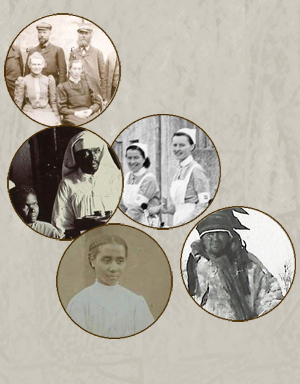|

|
NORWEGIAN MISSIONARIES
PRACTICE AND REPRESENTATION IN THE FORMATION
OF ‘SELF’ AND ‘OTHER’, 1870-2005
The Christian Protestant mission developed a great momentum from the mid-nineteenth century onwards. Way into the twentieth century, the mission movement was the largest popular movement in Norway. The mission movement cut across boundaries of class, gender, occupation, and education, and included people in the rural as well as in more urban areas. Thus, the mission movement has influenced the Norwegian society in ways that to most us are unknown.
In a period when the European empires acquired colonies, Norway had missionaries. Norway has had the highest number of missionaries per inhabitant in the world. From the eighteenth onwards thousands of missionaries left Norway to work in various parts of the world. Since the missionaries regarded philanthropy and evangelization as two sides of the same coin, they engaged in education, health work and social work, both in the Norwegian society and abroad.
The mission movement and the marks it has left, in Norway as well as abroad, are explored through the Norwegian Research Council founded research project: “NORWEGIAN MISSIONARIES. PRACTICE AND REPRESENTATION IN THE FORMATION OF ‘SELF’ AND ‘OTHER’, 1870-2005, and the planned exhibition project: “To the ends of the WORLD".
Foto:NMS Archives
|